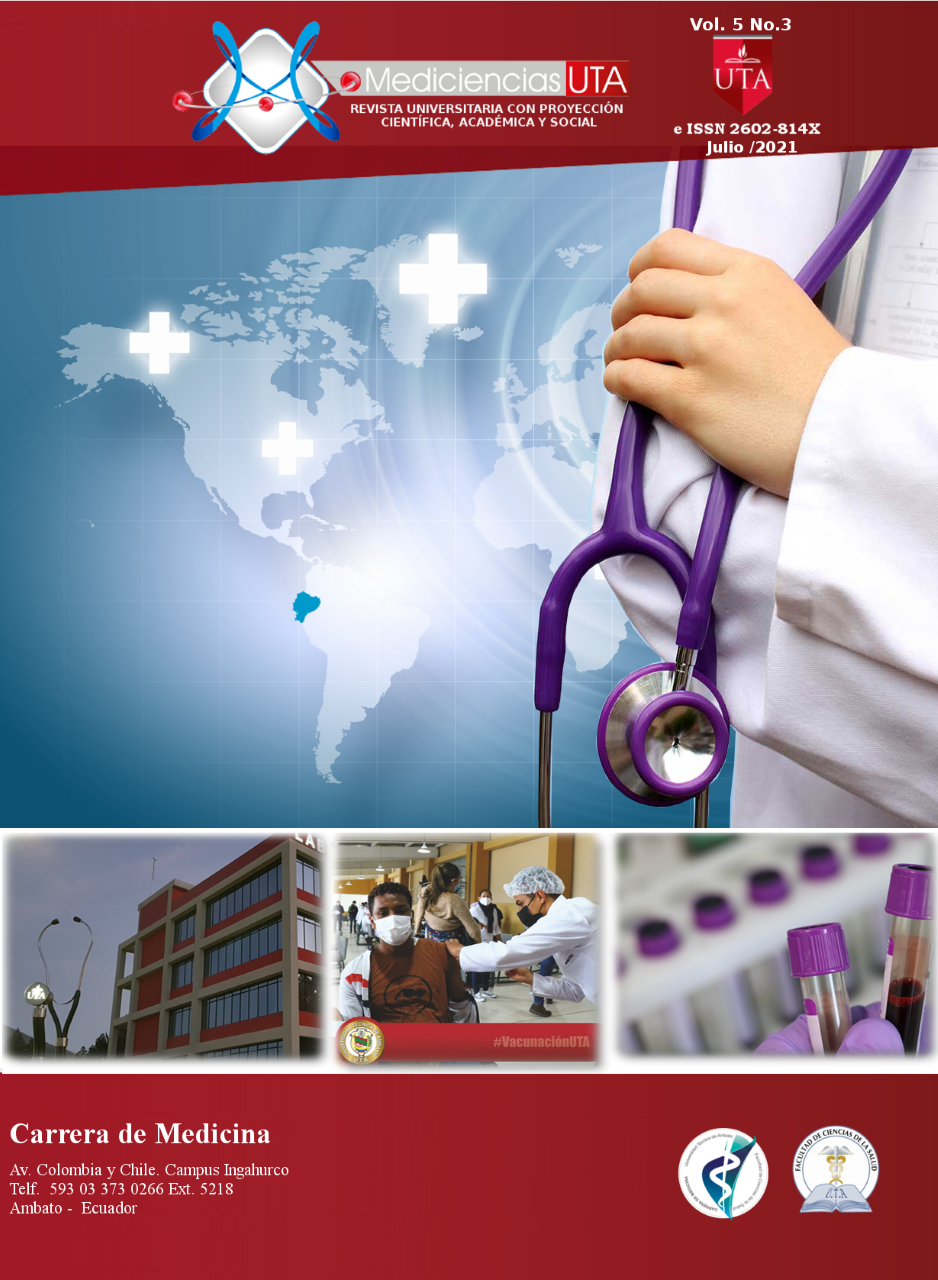Heteropagus twin. Clinical case report
Main Article Content
Abstract
Introduction: Heteropagus twins, also known as parasites, are asymmetric, atypical, and dependents of a host twin with apparently normal characteristics. Considered a rare case, consequence of an alteration during embryonic development.
Objective: Describe a clinical case of heteropagus twins (parasite), determining the importance of good prenatal control and the possible teratogenic effects of cocaine during pregnancy.
Materials and methods: Case presentation of a parasitic twin, describing relevant aspects of the malformation and the importance of prenatal diagnosis. Informed consent of the patient and her spouse was obtained and authorization from the teaching and research department was requested, in order to analyze the medical history and images of the patient that would be published.
Results: A 33-year-old, multiparous, multiple gestations, female patient, with a history of cocaine drug use. Attends to the emergency room at the Alfredo Paulson Hospital, having a 35-week pregnancy gestation (SG). A relevant aspect of the case is that during the prenatal controls, malformation was not detected. The management was clinical-surgical, obtaining positive results after the hospitalization in neonatal intensive care and surgical interventions
Conclusion: Early prenatal diagnosis allows health professionals to be prepared for the clinical-surgical management of the patient and the new born.



